Chinese cuisine boasts an unparalleled tapestry of flavors, textures, and techniques, with dumplings and steamed buns standing as two of its most iconic creations. While both baozi (steamed buns) and jiaozi (dumplings) are beloved staples, their fillings represent distinct culinary philosophies shaped by history, geography, and cooking methods. This article delves into the nuanced differences between baozi filling and jiaozi filling, exploring how ingredients, seasoning, preparation, and cultural context contribute to their unique identities.
Structural and Textural Contrasts
The most fundamental distinction lies in the dough that encases these fillings. Baozi dough is soft, fluffy, and leavened, creating a pillow-like envelope that embraces its contents. In contrast, jiaozi dough is thin, elastic, and unleavened, designed to wrap snugly around fillings while maintaining structural integrity during boiling or pan-frying. These structural disparities directly influence the composition of the fillings.
Baozi Fillings: Balancing Moisture and Substance
Baozi fillings must harmonize with the dough’s delicate texture. Since steaming generates moisture, fillings are often pre-cooked or partially cooked to prevent sogginess. For example, a classic pork baozi filling might combine ground pork, cabbage, and aromatics like ginger and green onions, all lightly sautéed to expel excess liquid. The goal is to achieve a cohesive, slightly dense mixture that retains its shape and flavor without seeping into the dough.

Jiaozi Fillings: Embracing Juiciness and Versatility
Jiaozi fillings, by contrast, thrive on juiciness. The thinner dough can withstand higher moisture levels, allowing for raw, uncooked mixtures. A quintessential pork and cabbage jiaozi filling might feature finely minced vegetables blended with raw ground pork, seasoned aggressively with soy sauce, rice vinegar, and sesame oil. The result is a burst of flavorful liquid when bitten into, a hallmark of well-made dumplings.
Ingredient Selection and Preparation
The choice of ingredients reflects regional preferences, availability, and culinary traditions.
Protein Preferences
- Baozi: Heartier proteins like pork belly, beef, or mutton are common, often paired with absorbent vegetables (e.g., napa cabbage, carrots) to manage moisture. Fatty meats contribute to the filling’s richness, complementing the mild sweetness of the dough.
- Jiaozi: Leaner proteins such as chicken, shrimp, or fish are frequently used, allowing delicate flavors to shine. Vegetarian jiaozi fillings, like tofu and chive or egg and mushroom, rely on fresh, crisp ingredients to contrast with the dough’s neutrality.
Vegetable Integration
- Baozi: Vegetables are often pre-cooked to soften their texture and reduce water content. For instance, in char siu bao (barbecue pork buns), the filling includes diced roasted pork and a sticky-sweet sauce, with vegetables like onions or water chestnuts added for crunch.
- Jiaozi: Vegetables are typically raw and finely chopped to ensure even cooking. Cabbage is shredded and salted to draw out moisture, while leafy greens like spinach are blanched and squeezed dry. This method preserves vibrant colors and flavors.
Seasoning and Aromatics

- Baozi: Seasonings are generally more restrained to avoid overwhelming the dough’s subtle flavor. Light soy sauce, oyster sauce, and a touch of sugar often form the base, with ginger and white pepper providing warmth.
- Jiaozi: Bold seasonings take center stage. Dark soy sauce, chili oil, Sichuan peppercorns, and vinegar are common, creating layers of umami and spice. In northern China, where jiaozi traditions run deep, fillings may incorporate pickled vegetables or fermented bean paste for tanginess.
Regional and Cultural Influences
China’s vast geography has given rise to countless regional variations, each with its own filling philosophy.
Northern vs. Southern Preferences
- Northern China: Cold winters and a grain-based diet favor hearty jiaozi fillings like lamb with cumin or pork with cabbage. These dumplings symbolize reunion and prosperity, often enjoyed during Lunar New Year celebrations.
- Southern China: Baozi reign supreme in warmer climates, with fillings like sweet red bean paste or savory pork with bamboo shoots reflecting local agriculture. Cantonese baozi, for example, may include congee-like fillings or salted egg yolks, showcasing a preference for subtle, layered flavors.
Religious and Dietary Adaptations
- Vegetarian Fillings: Buddhist-inspired baozi often use gluten-based “mock meats” or mushrooms, while jiaozi might feature tofu and glass noodles.
- Halal Variations: In Muslim-majority regions like Xinjiang, baozi and jiaozi fillings replace pork with beef or lamb, seasoned with cumin and coriander.
Cooking Techniques and Their Impact
The cooking method—steaming for baozi versus boiling or pan-frying for jiaozi—shapes filling preparation.
Steaming’s Effect on Baozi Fillings
Steaming preserves moisture but can lead to overcooking if fillings are too delicate. To counteract this, baozi fillings are often pre-cooked or bound with starches (e.g., cornstarch) to thicken liquids. The result is a filling that remains intact, with flavors mellowed by the gentle heat.
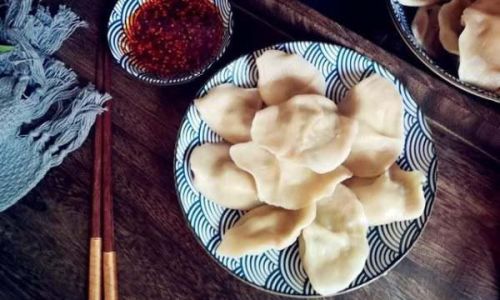
Boiling and Pan-Frying for Jiaozi
Boiling jiaozi requires fillings that can withstand rapid cooking without disintegrating. Raw, well-seasoned mixtures achieve this balance, while pan-fried jiaozi (potstickers) benefit from a crispy exterior that contrasts with the juicy interior.
Modern Innovations and Fusion Trends
Contemporary chefs and home cooks are reimagining traditional fillings, blending global flavors with classic techniques.
Globalized Baozi Fillings
- Cheeseburger Baozi: Ground beef, cheese, and pickles encased in a soft dough.
- Curry Chicken Baozi: Spiced chicken and potatoes in a coconut milk-infused filling.
Innovative Jiaozi Fillings
- Truffle and Mushroom Jiaozi: Earthy mushrooms paired with black truffle oil for luxury.
- Avocado and Shrimp Jiaozi: Creamy avocado and succulent shrimp in a vibrant green wrapper.
The Role of Dipping Sauces
While not part of the filling itself, dipping sauces enhance the eating experience and highlight differences between the two dishes.
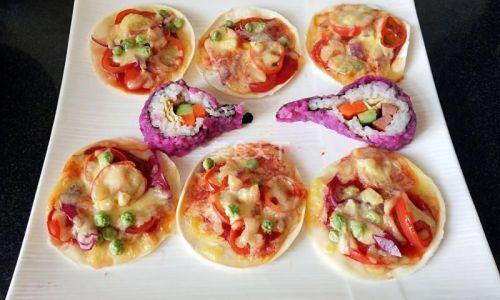
Baozi Sauces
- Light and complementary: soy sauce with sliced ginger or a drizzle of chili oil.
- Sweet options: black vinegar or fermented tofu for savory baozi.
Jiaozi Sauces
- Bold and spicy: a mix of soy sauce, vinegar, garlic, and chili flakes.
- Creamy alternatives: sesame paste or yogurt-based sauces for cooler climates.
Cultural Symbolism and Occasions
Baozi and jiaozi carry distinct cultural weights, influencing filling choices.
Baozi: Everyday Comfort
Baozi are often eaten for breakfast or as a portable snack, with fillings tailored to convenience and sustenance. Sweet baozi (e.g., red bean or lotus seed paste) are enjoyed during festivals or as desserts.
Jiaozi: Ceremonial and Communal
Jiaozi are central to celebrations like Lunar New Year, where families gather to fold dumplings together. The act of making jiaozi fosters connection, with fillings often holding personal or regional significance.
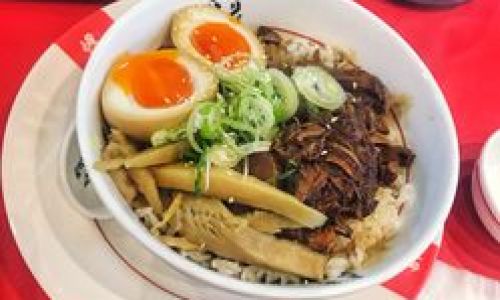
Sustainability and Seasonality
Modern concerns about sustainability have influenced filling ingredients, with chefs prioritizing local, seasonal produce.
Baozi Fillings in the Sustainability Era
- Vegetable-forward fillings using root vegetables or leafy greens in their prime.
- Offal and less common cuts of meat to reduce waste.
Jiaozi Fillings Embracing Seasonality
- Spring: Fresh peas and asparagus.
- Summer: Zucchini and corn.
- Autumn: Pumpkin and mushrooms.
- Winter: Root vegetables and preserved meats.
Conclusion: A Tapestry of Diversity
The distinction between baozi and jiaozi fillings is a microcosm of Chinese culinary artistry. While both rely on balancing flavors and textures, their differences—shaped by dough, cooking methods, and cultural context—highlight the ingenuity of adapting to environment and tradition. Whether savoring a steaming baozi filled with fragrant pork or biting into a juicy jiaozi bursting with spicy lamb, each bite tells a story of history, geography, and the enduring human desire to wrap nourishment in comfort. As global palates evolve, these humble dishes continue to inspire, proving that the art of filling a dumpling or bun is an ever-evolving canvas for creativity and connection.
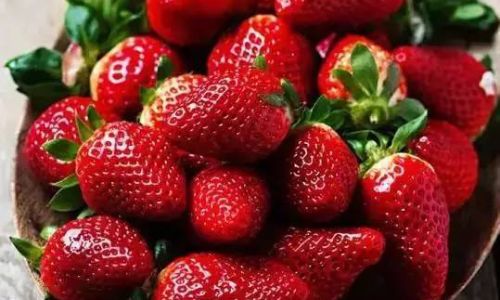
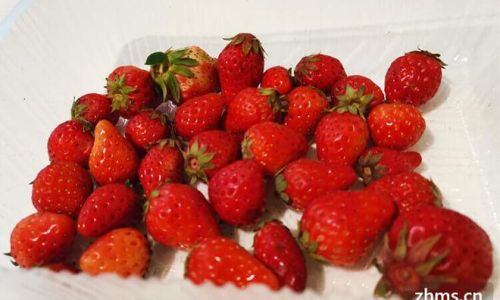
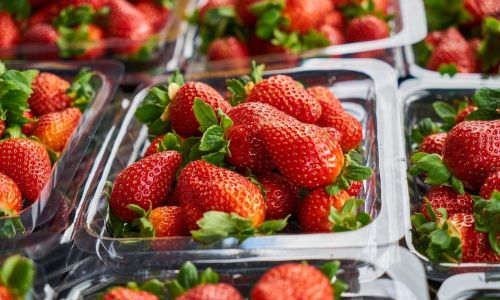
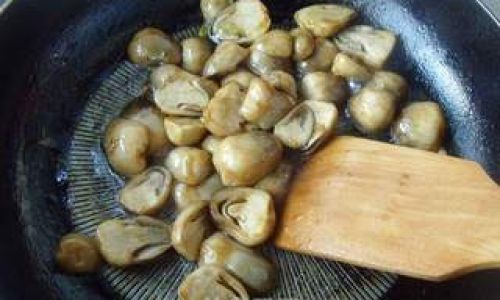
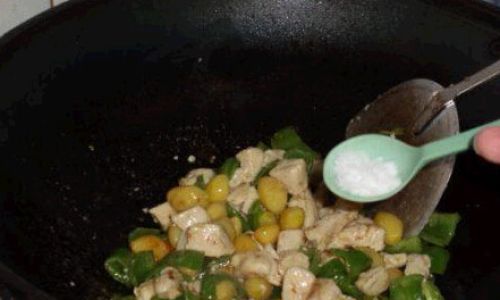
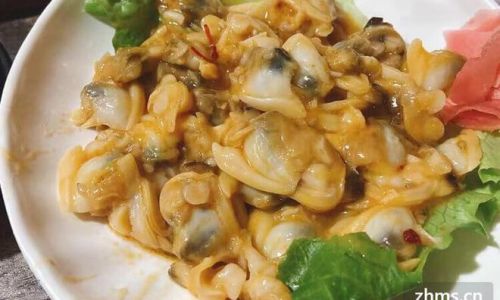
0 comments